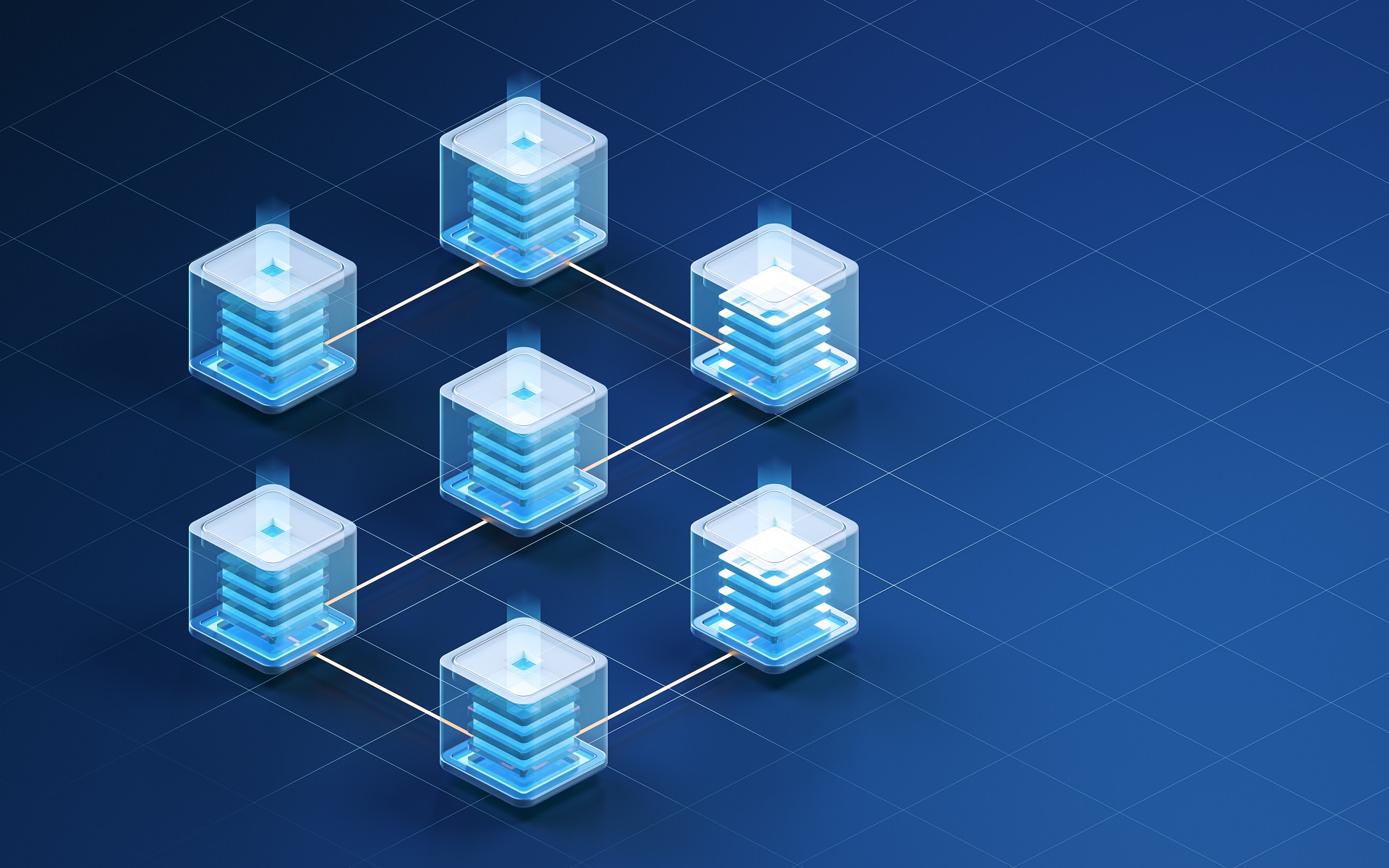This article introduces the product philosophy, architecture, and core technologies of Alibaba Cloud Simple Log Service (SLS) SQL Copilot, an intelligent log analysis assistant.

This article will explore why the performance of Logtail's multi-line log collection is improved.

This article describes the iLogtail plug-ins for data processing and how to write Simple Log Service (SLS) Processing Language (SPL) statements.

Alibaba Cloud Object Storage Service (OSS) can be used for all kinds of static resources. We will discuss how to apply OSS resources to a website and .
This tutorial shows how to migrate and back up a local database with Alibaba Cloud Tair (Redis® OSS-Compatible).

SLS defines a CustomResourceDefinition (CRD) named AliyunPipelineConfig. This article describes how to use AliyunPipelineConfig to manage a Logtail configuration.

This article introduces Alibaba Cloud Drive as a transformative cloud storage service for modern enterprises.

This article describes how to use SLS SPL (Structured Programming Language) to configure the SLS Connector to structure data.

This article introduces how to use the aggregator_context plug-in to maintain the context of logs and how to query the context in the console.

This article investigates the application scenarios and architectures of Kubernetes operators in various log collectors.

This article introduces how to configure Logtail using Simple Log Service to collect logs from an ACK cluster in both DaemonSet and Sidecar modes.

This article analyzes the challenges in managing sidecar containers for data collection and provides solutions using the management capabilities offered by OpenKruise.

This article describes three methods for using project policies to control the data source reported by iLogtail.

This article aims to analyze and evaluate the selection of technical architectures in a data-intensive application model.

This article describes the author's unedrstanding on RocketMQ Commit Log Storage Protocol.

The article introduces Flame Graph, a visual program performance analysis tool, its basic concept, types, and applications in continuous profiling.

This article mainly introduces the source code analysis of the flame graph part and the model definition part in Pyroscope v0.35.1.

This article describes how to ship logs from Log Service to a SIEM system over Syslog.

This article describes how to systematically troubleshoot the machine group heartbeat issue in the host scenario.

This article discusses code cleanliness in terms of coding, refactoring, and design patterns, and provides insights on how to become a thoughtful programmer.
